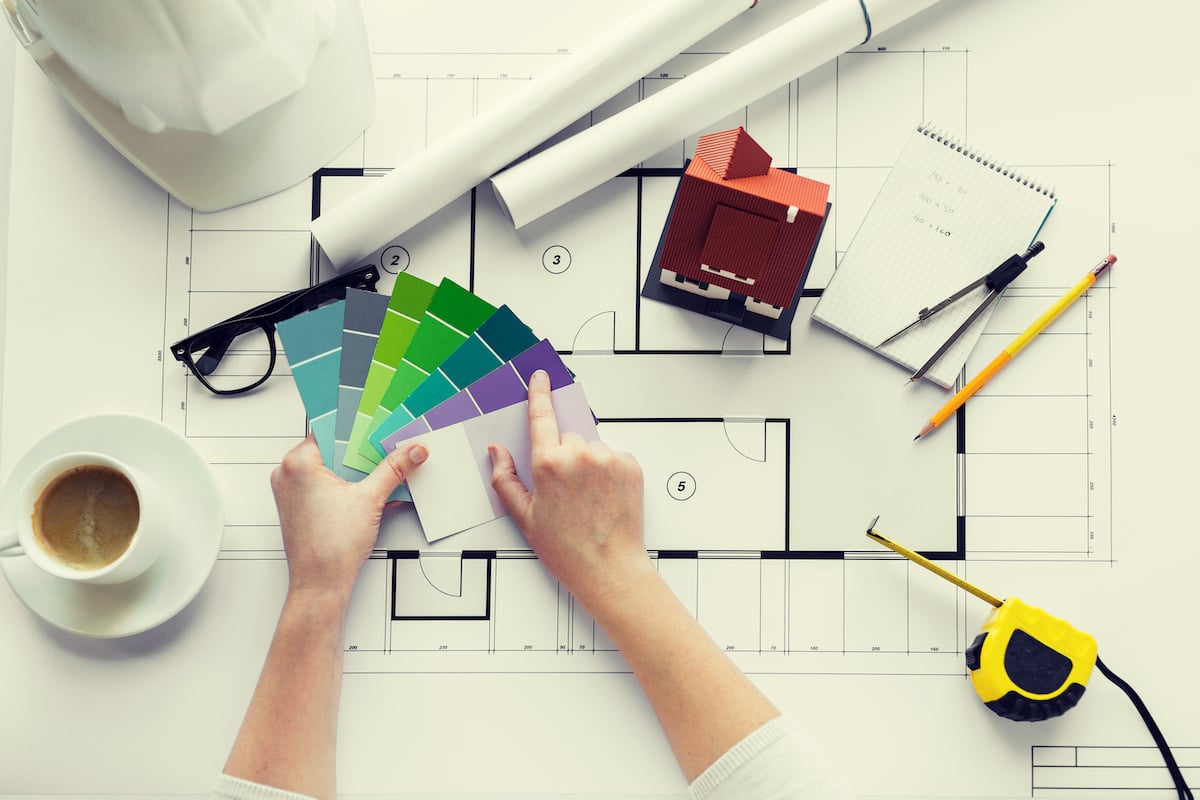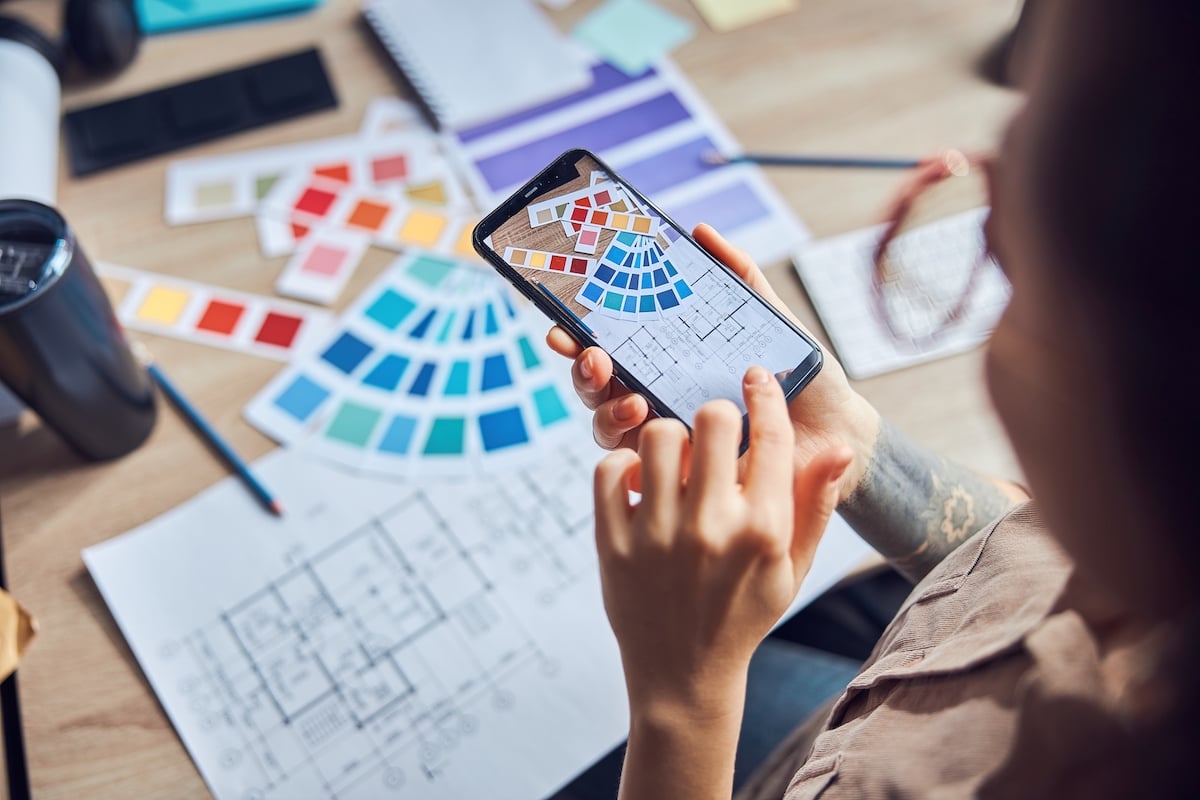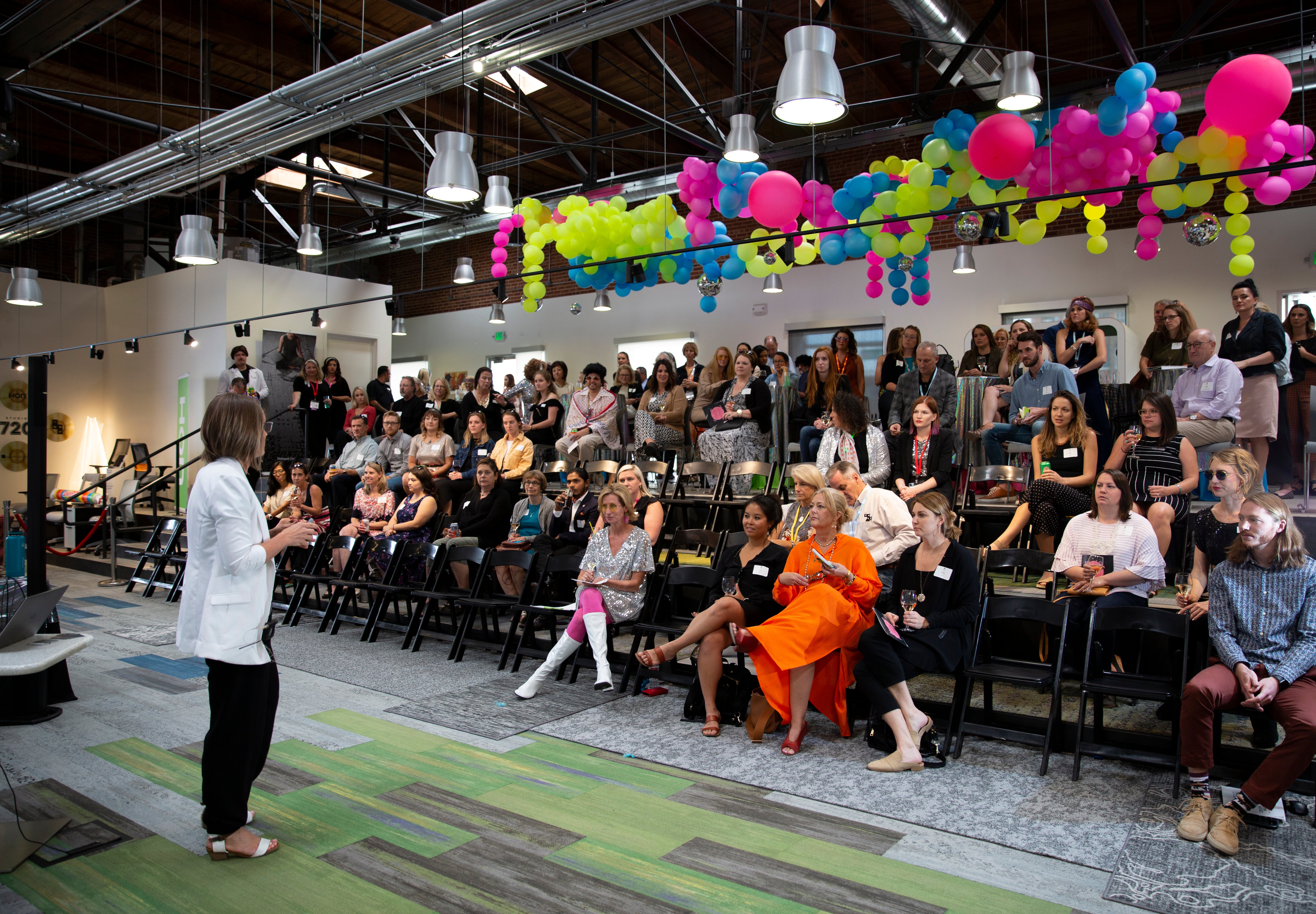
Throughout 2017, some of the brightest, most powerful minds in the contract interiors world came together with a common goal: to determine what’s broken with the contract furniture buying process and identify opportunities to fix it. We believe that with the rise in ancillary furniture (all the non-cubicle-based pieces), furniture has become one of the most time-consuming and least profitable pieces of an A&D firm’s business. If empowered and savvy about the A&D design process, dealers can be a key element to help alleviate challenges designers are facing in the new ancillary world. This assumes, of course, that all parties have an open mind to change or evolve historical processes.
One of the leading takeaways from this furniture forum was the notion of evolving the traditional furniture-bid process by bringing the dealer into the process earlier. In doing this, the dealer could be viewed as a subcontractor to the A&D firm, allowing the dealer/designer team to work together to weed through manufacturer-dealer alignments, appropriate aesthetic and price point balance, and manage lead times more efficiently.
But what we are seeing today is that this isn’t happening as often as it should. Generally speaking, A&D often fear that bringing the dealer in early will result in non-competitive pricing (perhaps due to the need to reconsider new pricing models). Additionally, past (negative) experiences with “misbehaving” sales reps leave some designers hesitant. How can we help eliminate this tension and improve the overall experience with the furniture piece of the process? A look at the history of how the furniture industry was built may help.
How the Industry Was Built
When we think about the traditional model of the furniture dealer, we recognize that it looks much like a pyramid:
Systems furniture (cubicles) typically are selected first, along with anything else that makes sense from a dealer’s primary aligned manufacturer relationship. At one time this represented, on average, 80 percent or more of the typical project order, which makes a lot of sense from a “simplifying logistics” standpoint, as well as by offering the ability to leverage bulk discounts.
In the middle, we find relationships with key partners. If products can’t be found from a “major” manufacturer, the dealer will go to a small group of other key (proven, trusted) manufacturers. At the very bottom of the triangle is the “other” bucket - the portion used to represent “all the other stuff” needed for a project.
This model makes sense. Consolidate purchases with fewer manufacturers to simplify the order process, obtain greater bulk discounts, and work with partners that are pre-vetted, proven and trusted.
Why The Traditional Model Changed
Yet the needs of the industry have shifted. Today, we are seeing a massive uptick in ancillary furniture as an overall percentage of the floorplate. In fact, our estimates suggest that while the typical project may have had 10-15 manufacturers on it, today, that number could have as much as doubled.
In this new world of ancillary, the design firm’s ability to curate an eclectic selection of products is their unique value add. As often the closest one to the client’s design intent and goals for the overall space, it makes sense. Because of this new model of design, the way designers approach product conceptually today varies significantly from the traditional dealer model we just discussed. Today’s unique designs often demand an eclectic blending of goods. So, almost the opposite of the foundational dealer model pyramid we previously discussed, A&D starts broad, narrows, and eventually gets to a selection. It is the conflict between these two (opposite facing) triangles today that causes confusion.
This way of designer thinking evolved as the natural progression of design, perhaps due to a more informed consumer. Or Pinterest. Or more information available on the importance of design and its impacts on our wellbeing. But one thing is certain. To remain relevant and competitive in this ever-evolving atmosphere, we must figure out a way to work together toward a common goal; a better client experience. And to understand the core strengths and weaknesses of our counterparts and operation in lockstep to accomplish that goal. The atmosphere has evolved. Our relationships (and understanding of one another) can, too.
Where the Friction Lies
So why don’t designers simply bring the dealers in earlier? Let them give suggestions for these ancillary pieces that now are more prevalent in design? For many, the friction lies in a series of misunderstandings of the counterpart.
For starters, designers don’t want the spaces they design to look like (insert manufacturer name here) showrooms. And while this was a justifiable concern of the past, today, there are more options and partnerships than ever. Proof lies in the number of acquisitions we’ve seen over the past few years as manufacturers bolster their lines with new offerings.Steelcase’s acquisition of Orangebox,partnership with West Elm, andrelationship with Blu Dot; Herman Miller’s acquisition of Hayandalliance with Framery;Haworth’s partnership with Buzzispace;and Knoll’s acquisition of DatesWeiser Furniture Corporation, are just a few examples. But it’s not limited to the large manufacturers. Today, manufacturers of ALL sizes and proficiencies are increasing the well-designed options at a rising range of price points and improving service capabilities as well as specification and selection tools. As David Solomon, Managing Principal,Solomon Coyle, shared, “Today, most clients are looking for a defined look versus a specific product. Reputable dealers today can source that look through their existing portfolio of manufacturers.”
The sheer number of manufacturers each dealer works with is growing. While estimates previously suggested that the average contract dealer works with 200 manufacturers on an annual basis, that number now is assumed to be closer to 300, with some estimates putting it much higher.
How to Evolve
Amidst all this misunderstanding, many A&D firms are left wondering, Are contract furniture dealers my ally or competition? And the answer isn’t always simple. We do see an opportunity for the rise of thedealer designerrole as degree-holding designers not only understand the complexity of a project from the perspective of an A&D firm, but also have a passion for (and knowledge of) the details and complexities around furniture. Imagine the dealer as a (not-pushy), trusted source to help A&D firms navigate the complexity of furniture options in this new ancillary world within budget, appropriate lead-times, and on point design.
ThinkLab frequently converses with both dealers AND A&D firms, and we recognize that the opportunity to work even closer in partnership is promising. For example, if you ask a design firm what they hate about their job, more times than not, the answer will be lead times, logistical management, knowledge of substitutions, etc. - in other words, all the things that dealers (and dealer designers) excel at.
That said, here are some actionable solutions to move forward in this evolving world in which we live:
- Take note of the shifting atmosphere. Recognize that the business models are changing, and so are the ways of doing business. By removing assumptions about your counterpart (such as those surrounding the variety of product lines), you’ll open doors to wider sourcing opportunities.
- Acknowledge that time is money. And quality service depends on it. Most projects today are quoted by the project instead of an hourly rate. This pricing structure, which affects both the dealer and the A&D firm, means profit is directly tied to efficiency. Solomon adds that, “From the service component of business, both sides of the house benefit when they learn to work efficiently together. In the end, the client gets better service and both A&D firm and dealer can achieve a healthier bottom line.”
- Recognize the value of industry experts. Both the dealer and the A&D firm bring a different skillset to the table. Acknowledging the worth of each delivers value to the client.
On that note, Solomon leaves us with this, “If I want to design an acoustic studio, I might have a vision of what the space will look like, but I’ll hire an acoustical consultant to get the technical aspects correct. In design, both the A&D firm and the dealer serve as a consultant for their respective services. When A&D view dealers as the experts in sourcing furniture, and dealers view A&D as the authority on design, both parties can bring their best knowledge to the table for an enhanced customer experience.”
As for the future of this relationship, ThinkLab is continuing the conversation with the launch of the Process Innovation Council. Designed to illuminate the underlying challenges of the industry by identifying actionable solutions, the council aims to strengthen ties to improve the future business process. For more information, please email us at info@thinklab.design.
Amanda Schneider is President of ThinkLab, the research division of Interior Design magazine. At ThinkLab, we combine Interior Design magazine’s incredible reach within the architecture and design community with proven market research techniques to uncover relevant trends and opportunities that connect back to brand and business goals in a thought-provoking, creative, and actionable way. Join in to know what’s next.
This article originally was published in Bellow Press and was reprinted here with permissions.


